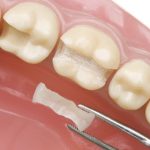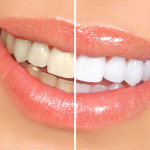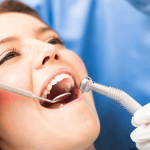The throbbing sensation arrives around hour three post-surgery. Your jaw feels like it’s doubled in size, and even the thought of chewing sends warning signals through your nervous system. wisdom tooth extraction ranks among the most common dental procedures, yet many patients feel unprepared for the recovery phase. Understanding what constitutes normal post-extraction care versus warning signs requiring immediate attention makes the difference between smooth healing and potential complications. This comprehensive guide provides evidence-based strategies for managing discomfort after wisdom teeth extraction.
Understanding Post-Extraction Discomfort: What’s Normal?
After wisdom tooth extraction, experiencing pain and swelling represents your body’s natural inflammatory response to oral surgery. The third molars, often called 3rd molars or the third set of molars, occupy prime real estate at the back of your dental arch. Consequently, their removal creates surgical sites that require adequate recovery time for proper healing.
Typical post-operative symptoms include:
- Moderate pain peaking within 48-72 hours
- Facial swelling reaching maximum around day two or three
- Minor bleeding from the tooth socket lasting 24 hours
- Jaw stiffness affecting mouth opening
- Mild bruising around the surgical site
- Temporary numbness from local anesthesia effects
Moreover, the complexity of your wisdom tooth extraction procedure significantly influences recovery times. Simple extractions of fully erupted teeth typically heal faster than surgical extraction procedures for impacted wisdom tooth extraction. Impacted wisdom tooth extraction, particularly involving a partially erupted tooth or angled tooth positioning, requires more extensive oral surgery and consequently longer healing periods.
Furthermore, procedures performed by an oral and maxillofacial surgeon or experienced dental surgeon at facilities like Arlington Dental, AXIS Dental Group, North Bramalea Dental, Polaris Dental, Waterview Dental, Westmore Dental Clinic, Liberty Dental Centre, Fisherman Family Dental Care, or Dr Sonia Dental Centre follow established protocols minimizing complications.
Immediate Relief Strategies: The First 48 Hours
The initial two days post-dental surgery prove critical for preventing complications and managing discomfort. Therefore, implementing proper post-extraction care immediately after leaving your dental office sets the foundation for smooth recovery.
Ice Pack Application:
Applying an ice pack remains the most effective strategy for pain reduction and swelling management during the first 48 hours. Specifically, place the ice pack against your cheek near the surgical site for 15-20 minute intervals. Subsequently, remove it for equal periods before reapplying. This cycling approach prevents tissue damage while maximizing anti-inflammatory benefits.
Protecting the Blood Clot:
The blood clot forming within the tooth socket serves as nature’s protective bandage. Consequently, disturbing this clot risks developing dry socket, a painful complication delaying healing. Therefore, avoid:
- Using straws that create suction dislodging the clot
- Smoking or tobacco use affecting blood supply
- Vigorous rinsing during the first 24 hours
- Touching the surgical site with your tongue or fingers
- Aggressive spitting that disrupts clot formation
Moreover, if you’re taking a blood thinner for medical conditions, inform your dentist or oral surgeon beforehand. These medications affect clot formation and may require special treatment protocols or coordination with your physician.
Rest and Elevation:
Adequate rest accelerates healing by directing energy toward tissue repair. Additionally, keeping your head elevated—even during sleep—reduces blood flow to the surgical area, thereby minimizing swelling. Use extra pillows maintaining a 45-degree angle throughout the first few nights.
Managing Swelling Effectively
Facial swelling typically peaks 48-72 hours post-oral surgery before gradually subsiding. While some swelling remains unavoidable, strategic interventions minimize its severity and duration.
Cold Therapy (Days 1-2):
As mentioned, consistent ice pack application during the first two days provides maximum swelling control. The cold constricts blood vessels, reducing fluid accumulation in tissues surrounding the surgical site.
Heat Therapy (Days 3+):
Interestingly, transitioning from cold to warm compresses after 48 hours accelerates healing. Consequently, apply moist heat to your jaw beginning day three. This warmth increases blood flow, bringing healing nutrients while removing metabolic waste products from the area.
Hydration and Positioning:
Maintaining proper hydration supports your body’s natural healing mechanisms. Furthermore, staying upright as much as possible during waking hours prevents fluid pooling in facial tissues. Avoid lying flat unnecessarily during the acute swelling phase.
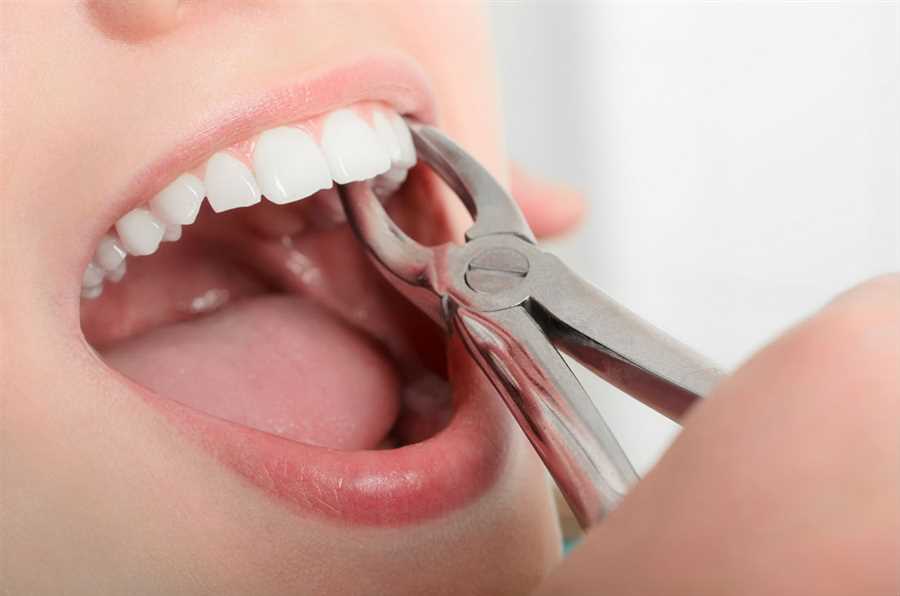
Pain Management Options: Finding What Works
Post-operative pain varies significantly between patients depending on factors including surgical risks, individual pain tolerance, and the complexity of wisdom tooth extraction. Fortunately, multiple approaches exist for effective pain control.
Over-the-Counter Options:
Many patients achieve adequate relief using non-prescription pain medications. Specifically, ibuprofen provides both analgesic and anti-inflammatory properties, making it particularly effective for post-dental surgery discomfort. Acetaminophen offers an alternative for those unable to take anti-inflammatory medications.
Prescription Pain Medicine:
For more complex procedures like Emergency wisdom tooth extraction or surgical extraction of severely impacted tooth cases, your oral surgeon may prescribe stronger pain medicine. These medications require careful adherence to dosing instructions and awareness of potential side effects.
Natural Approaches:
Some patients supplement pharmaceutical options with natural remedies. Clove oil applied carefully near the surgical site (avoiding direct contact with healing tissue) may provide localized relief. Additionally, adequate sleep supports your body’s natural pain-modulating systems.
Important considerations:
- Never exceed recommended medication dosages
- Avoid aspirin, which increases blood loss
- Take pain medications with food preventing stomach upset
- Contact your dentist if prescribed medications prove ineffective
- Be aware that sharp pain differs from expected discomfort and warrants evaluation
Diet and Nutrition During Recovery
Proper nutrition supports healing while protecting surgical sites from irritation or injury. Consequently, your soft food diet or liquid or soft food diet should provide adequate calories and nutrients without requiring significant chewing.
Recommended Foods:
Immediate Post-Surgery (Days 1-2):
- Cool smoothies and protein shakes
- Yogurt and pudding
- Applesauce and mashed bananas
- Lukewarm soup (avoid hot temperatures)
- Ice cream providing both nutrition and cooling relief
Early Recovery (Days 3-7):
- Mashed potatoes and sweet potatoes
- Scrambled eggs providing protein
- Oatmeal and cream of wheat
- Well-cooked pasta with soft sauce
- Cottage cheese and soft cheeses
Transitional Phase (Week 2+): Gradually reintroduce firmer soft foods as comfort allows, avoiding the surgical site during chewing. Listen to your body’s signals and don’t rush this progression.
Foods to Avoid:
- Crunchy items like chips or crackers
- Small seeds potentially lodging in sockets
- Acidic foods causing irritation
- Spicy seasonings increasing discomfort
- Hard vegetables requiring vigorous chewing
- Chewy meats stressing jaw muscles
Furthermore, maintaining adequate protein intake accelerates healing. Your body requires these building blocks for tissue repair, making protein-rich soft foods particularly valuable during recovery.
Oral Hygiene After Extraction: Balancing Cleanliness and Protection
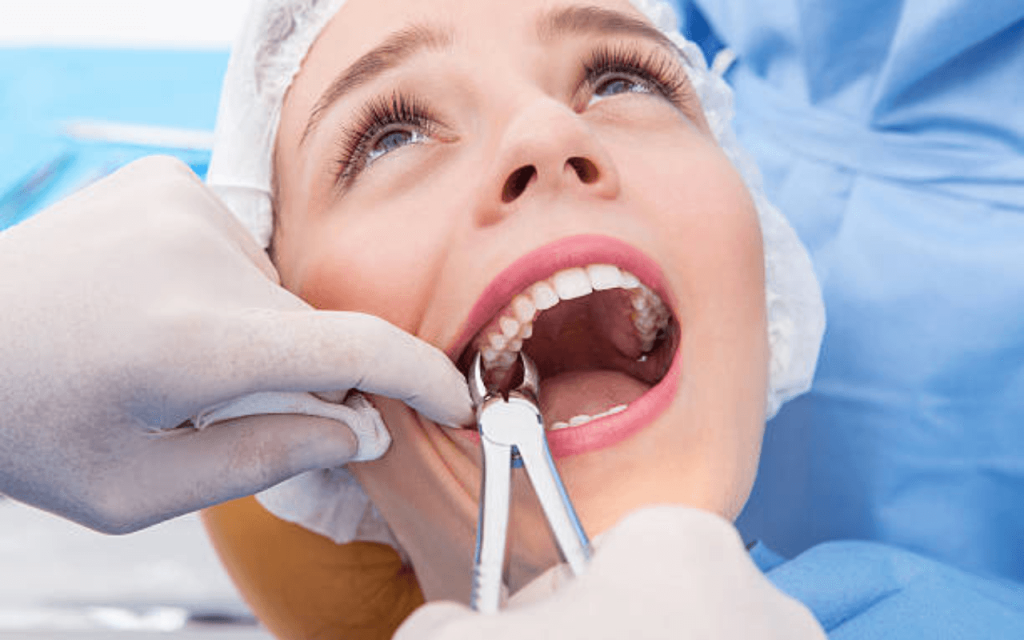
Maintaining oral hygiene post-wisdom tooth extraction requires modified techniques protecting healing surgical sites while preventing infection. This balance proves essential for optimal outcomes.
First 24 Hours:
Avoid brushing near extraction sites initially. However, continue gently cleaning other teeth to prevent bacterial accumulation that might compromise healing. Specifically, brush carefully around adjacent areas without disturbing surgical sites.
Days 2-7:
Beginning the second day, implement gentle saltwater rinses. Mix one-half teaspoon salt in eight ounces warm water, then gently swish without vigorous rinsing motion. Repeat after meals and before bed. This simple solution reduces bacterial load while promoting healing.
Additionally, resume gentle brushing of all teeth except immediately adjacent to surgical sites. Use a soft-bristled toothbrush and avoid applying pressure near healing areas.
Week 2 and Beyond:
As healing progresses, gradually return to normal oral hygiene routines. Nevertheless, remain gentle around extraction sites until completely healed. Your dentist will confirm healing progress during follow-up appointments.
Warning Signs Requiring Professional Attention
While some discomfort remains expected, certain symptoms indicate potential complications requiring prompt evaluation. Therefore, recognize these warning signs warranting contact with your dental office or emergency dentist:
Seek immediate care for:
- Sharp pain worsening after day three rather than improving
- Severe swelling spreading to eyes or neck
- Fever exceeding 101°F suggesting infection
- Persistent bleeding beyond 24 hours
- Pus or foul-smelling discharge from surgical site
- Difficulty breathing or swallowing
- Orofacial pain radiating beyond typical boundaries
- Suspected dry socket with severe localized discomfort
Moreover, facilities offering extended hours and emergency dental services provide crucial access when complications arise. Emergency wisdom tooth extraction surgery or follow-up procedures may prove necessary in rare cases of oral health complications.
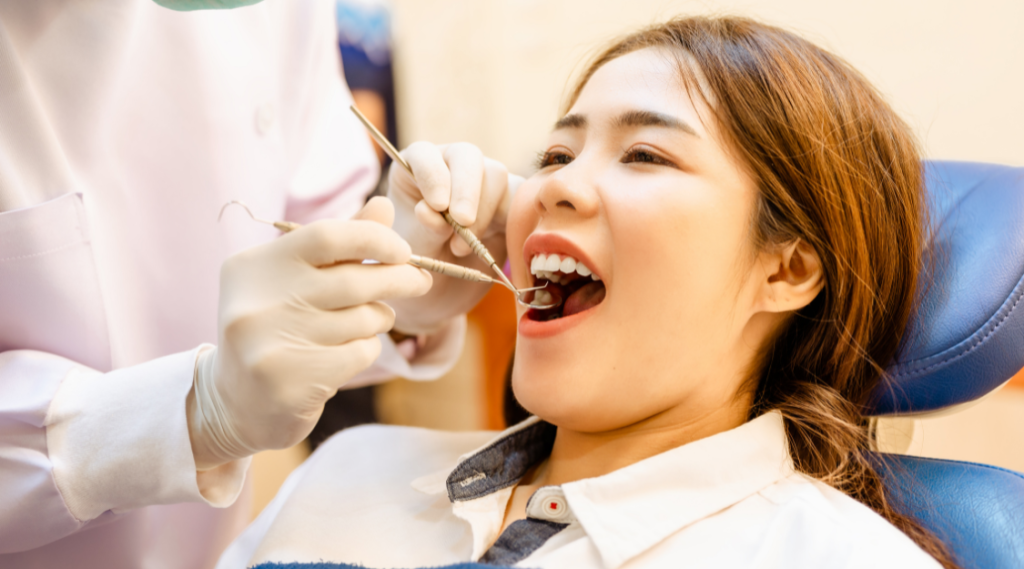
Why Choose Delta Park Dental?
Delta Park Dental offers distinct advantages for wisdom tooth extraction and comprehensive dental care:
Experienced Team: Our skilled practitioners specialize in oral surgery and wisdom tooth extraction, ensuring expert treatment delivery.
Advanced Technology: We utilize digital X-rays and modern diagnostic tools for precise treatment planning and execution.
Comprehensive Services: Beyond wisdom tooth extraction , we provide complete dental services including cosmetic dentistry, dental crowns, dental bridge work, dental implant placement, root canal treatment, periodontal therapy, and Oral Cancer Screening.
Patient Comfort: Multiple sedation options ensure comfortable experiences for patients with varying anxiety levels.
Insurance Coordination: We work directly with your dental insurance coverage maximizing benefits and explaining costs per the dental fee guide.
Accessible Care: Convenient scheduling and emergency dental services provide support when you need it most.
Conclusion
Managing pain and swelling after wisdom tooth extraction requires understanding normal recovery patterns while implementing evidence-based comfort strategies. The combination of proper ice pack application, appropriate pain medications, a thoughtful soft food diet, and modified oral hygiene routines promotes optimal healing. Meanwhile, recognizing warning signs requiring professional attention protects against complications. With proper post-extraction care and guidance from experienced dental professionals, most patients return to normal activities within one week, enjoying improved oral health long-term.
Schedule Your Wisdom Teeth Consultation Today
Don’t let impacted wisdom teeth compromise your oral health. Contact Delta Park Dental to schedule a comprehensive evaluation.
Tags
- Brampton Dental Cleaning
- Veeners Dental
- Veeners Dental Near Me
- Dental Emergency Near Me
- Emergency Dental Brampton
- Root Canal Therapy
- Emergency Dentistry
- Veneers Dental
- Dental Veneers Near Me
- Dental Bridges Near Me
- Dental Bridge Brampton
- Bridge Dental Brampton
- Dental Bonding In Brampton
- Root Canal Treatment near me
- Wisdom Teeth Removal
- Whitening Teeth
- Whiten Teeth
- Brampton Dental Implant
- Dental Implant Brampton
- Dental Implant
- Dental Implant in Brampton
- Dental Veneers
- Wisdom Teeth Extraction
- Dental Veneer
- Dental Filling Before and After
- Dental Bonding
- Dental Crown in Brampton
- Wisdom Tooth Removal
- crown dental implant
- Dental Crown Near Me
- Dental Bonding Near me
- Dental Crown
- Dental Teeth Whitening
- Wisdom Tooth Extraction
- Dental Crown Brampton
- Teeth Whitening Dentist
- Dental Filling Brampton
- Dental Filling
- Teeth Extraction
- Dental Fillings
- Teeth Whitening Near Me
- Dental Filling Near me
- Tooth Extraction
- Dental Emergency Brampton
- Emergency Dentistry Services


